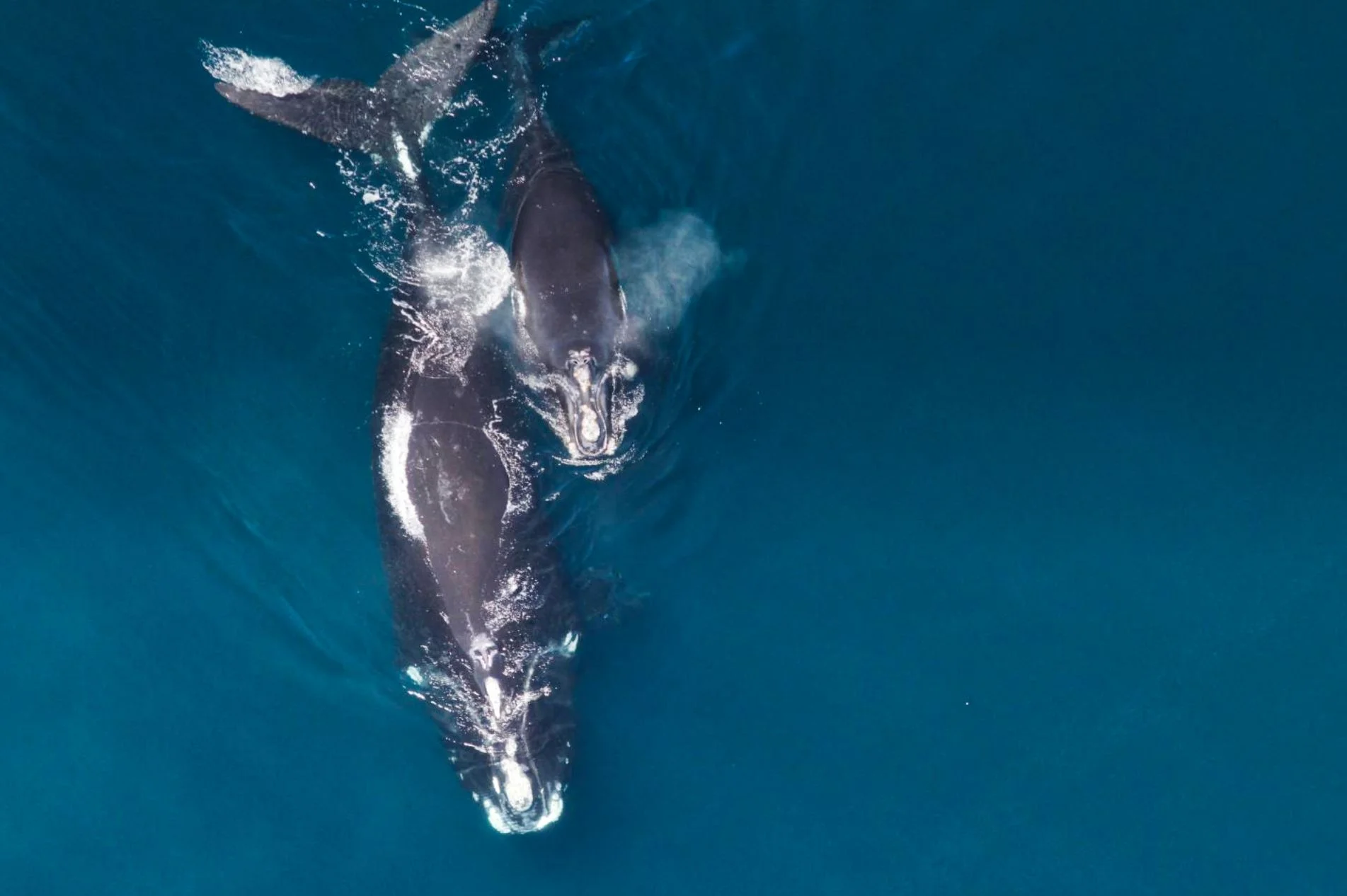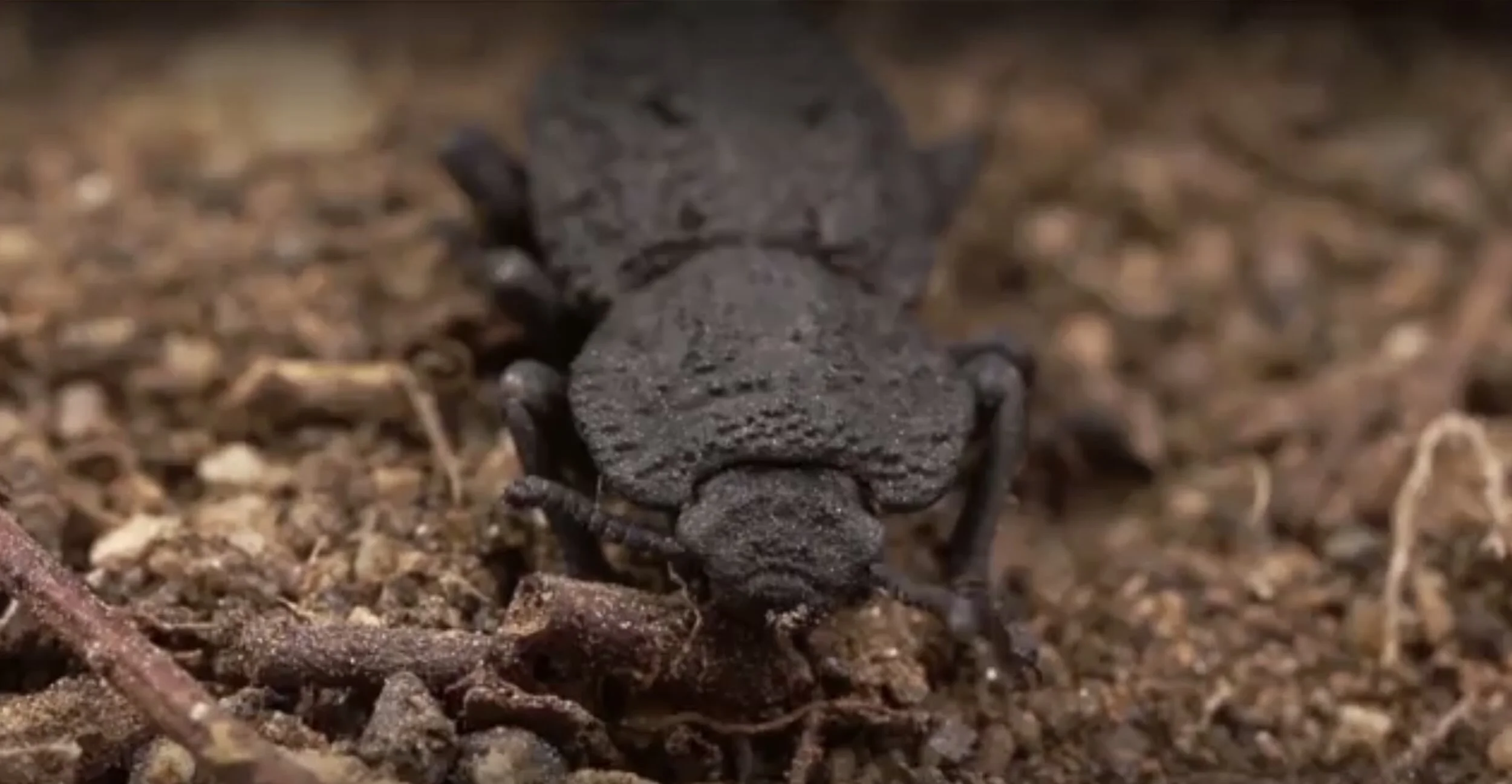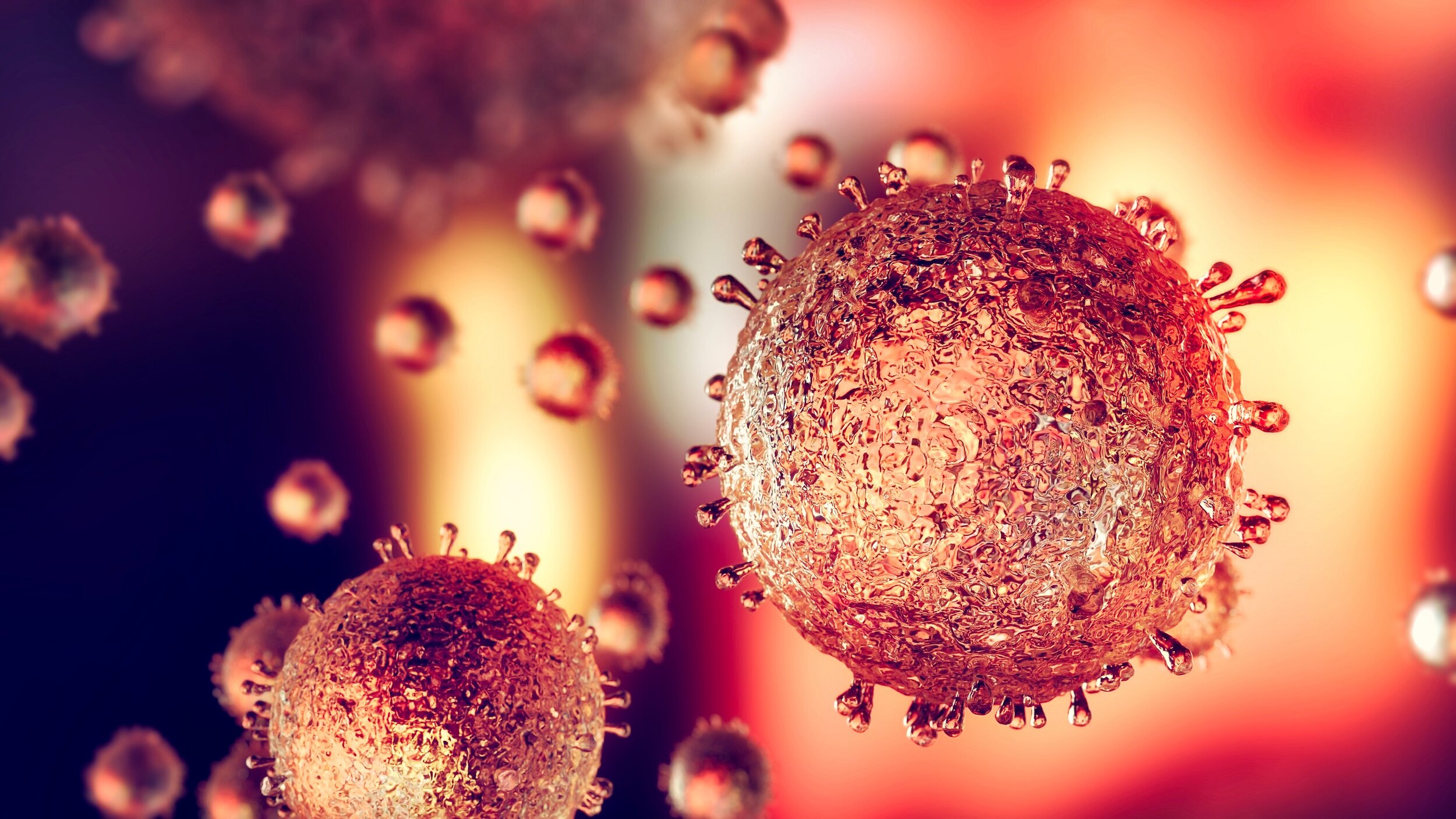A study on right whales shows that in order to avoid predators, right whale mothers 'whisper' (tone down their submerged vocalizations ) to their calves
It turns out that right whale mothers communicate differently with their young than with other whales. - Image Credit: Christin Khan, NOAA Fisheries via EurekAlert - HDR tune by Universal-Sci
An American study supported by the U.S. Office of Naval Research on Endangered Atlantic right whales shows that in order to avoid predators, right whale mothers 'whisper' (tone down their submerged vocalizations ) to their calves. The research is published in the science journal Biology Letters.
One might think that animals the size of whales have few actual predators, but right whale young are pretty much defenseless to orcas
The scientists found out that new mother whales drastically reduce the volume of their 'up call' with which they communicate to their young.
An 'up call' generates a sharp, loud "whoop" sound that rises distinctly, can travel long distances underwater, and lasts for up to 2 seconds. Right whales mainly use this up call to communicate with others, but evidently not when it comes to their calves. To interact with their calves, mothers use quite, short-lasting, grunt like sounds that are only audible in close proximity — these sounds where previously unknown to marine biologists.
Susan Parks, the lead scientist in this study, stated that this way of communicating is almost akin to human whispering. Mom and calf can stay in touch without informing predators of their presence.
Right whales have few natural predators although orcas do form a danger to their calves - Image Credit: Robert Pittman / NOAA via Wikimedia Commons
In order to collect the acoustic data necessary for this research, scientists attached recording tags via suction cups onto North Atlantic right whales. It is important to note that the tags were not harmful to the whales. They were attached specifically to adolescent and pregnant whales in calving grounds in the Atlantic Ocean near the coasts of Florida and Georgia.
Douglas Nowacek, Professor of Conservation Technology at Duke University, stated that mother whaled substantially reduced their higher-pitched signals in comparison to right whales without calves. It implies that right whale mother-calf pairs rely on acoustic crypsis (a type of behavior meant to avoid detection from sharks and orcas).
Right whales are an endangered species and face a lot of challenges like accidents where they collide with ships as well as a deficient number of calves being born in the last few years according to Parks that only approximately 420 North Atlantic right whales remain.
Sources and further reading: Acoustic crypsis in communication by North Atlantic right whale mother–calf pairs on the calving grounds / Duke Nicholas school of the environment press release
If you enjoy our selection of content please consider following Universal-Sci on social media:










